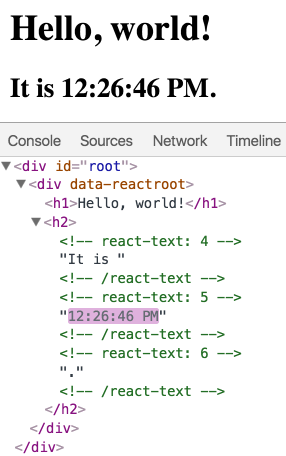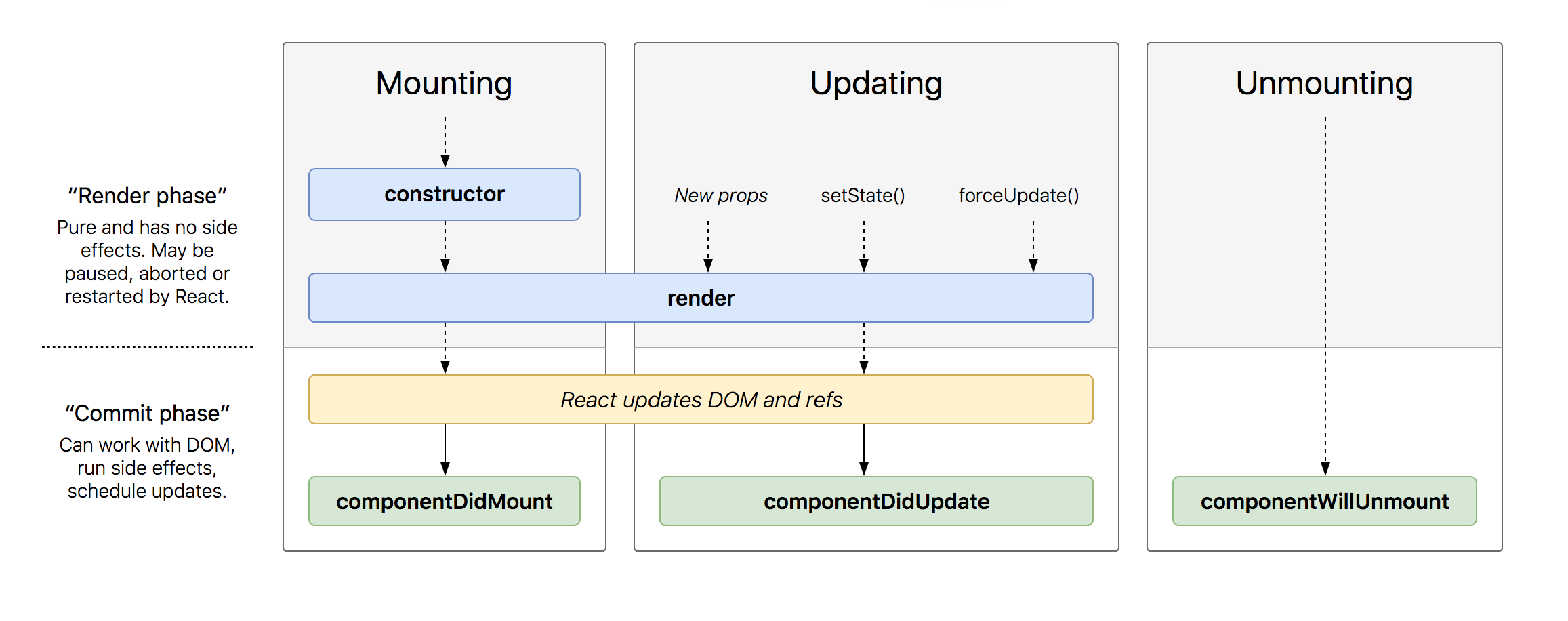Description
React applications are organized into components. This lesson will show how components can be built up out of smaller components and then reused in new contexts.
Slides
React Components
- Isolated pieces of a website or app
- Can be rendered manually or programatically
- Dynamic data is passed in via Props
- Generate child compoents with
render()
class Profile extends React.Component {
userData = () => {
return data || fetchDataFromDatabase();
}
render() {
<Header>
<Profile
name={userData.name}
interests={userData.interests}
description={userData.description}
/>
<Activity />
<Contact />
</Header>
}
}
Using Components
- Typically the
index.jsinitiates the components tree from the top level - Child components are rendered after their parents
- Parents pass Props and State to children
<html>
<body>
<div id="root"/>
</body>
<script>
ReactDom.render(<Profile />,
document.getElementById('root')
)
</script>
</html>
Using Arrays of Components
- Many components can be rendered at once
- Wrap the components in an array
- React will iterate over and render each
class ProfileList extends React.Component {
render() {
<Header>
[
<Profile userId="One"/>,
<Profile userId="Two"/>,
<Profile userId="Three"/>
]
</Header>
}
}
Building components with Iteration
- Iteration and Loops can be used just like in plain JavaScript
- Many components can be built based on collections of data
- Components can be conditionally rendered
class Comment extends React.Component {
render () {
return (
<li>
<p>User: {this.props.user}</p>
<p>Comment: {this.props.content}</p>
</li>
)
}
}
class CommentList extends React.Component {
render() {
const comments = [
{ user: 'Joshua', content: 'Components are my fave!' },
{ user: 'Ada', content: 'Yes they make life easy' },
{ user: 'Alex', content: 'Loved them for years' }
];
const commentComponents = forms.map((comment, index) => {
return <Comment user={ comment.user } content={ comment.content }/>
});
return (
<div className="comments">
<h2>Comment List</h2>
<ul>
{ commentComponents }
</ul>
</div>
)
}
}
Immutable Components
- Once components are rendered they cannot be updated
- Re-rendering the component is how to update
<html>
<body>
<div id="root"/>
</body>
<script>
function tick() {
const element = (
<div>
<h1>Hello, world!</h1>
<h2>It is {new Date().toLocaleTimeString()}.</h2>
</div>
);
// highlight-next-line
ReactDOM.render(element, document.getElementById('root'));
}
setInterval(tick, 1000);
</script>
</html>
Ticking Clock Live
See the Pen React Clock Example by Joshua Burke (@Dangeranger) on CodePen.
Granular Render Updates

Component Lifecycle
Mounting
- constructor()
- static getDerivedStateFromProps()
- render()
- componentDidMount()
Updating
- static getDerivedStateFromProps()
- shouldComponentUpdate()
- render()
- getSnapshotBeforeUpdate()
- componentDidUpdate()
Unmounting
- componentWillUnmount()
Errors
- componentDidCatch()
Lifecycle Methods Diagram

http://projects.wojtekmaj.pl/react-lifecycle-methods-diagram/